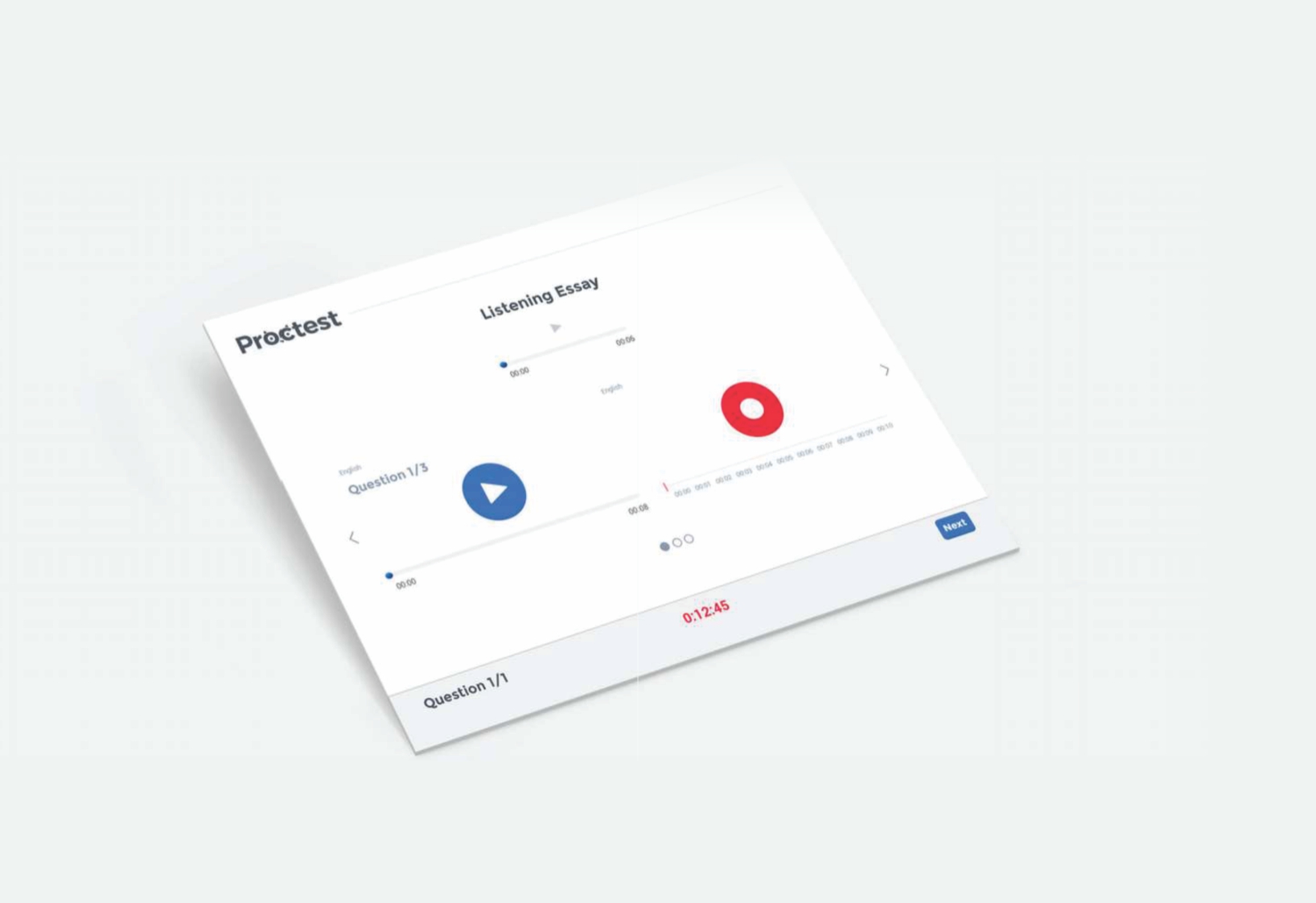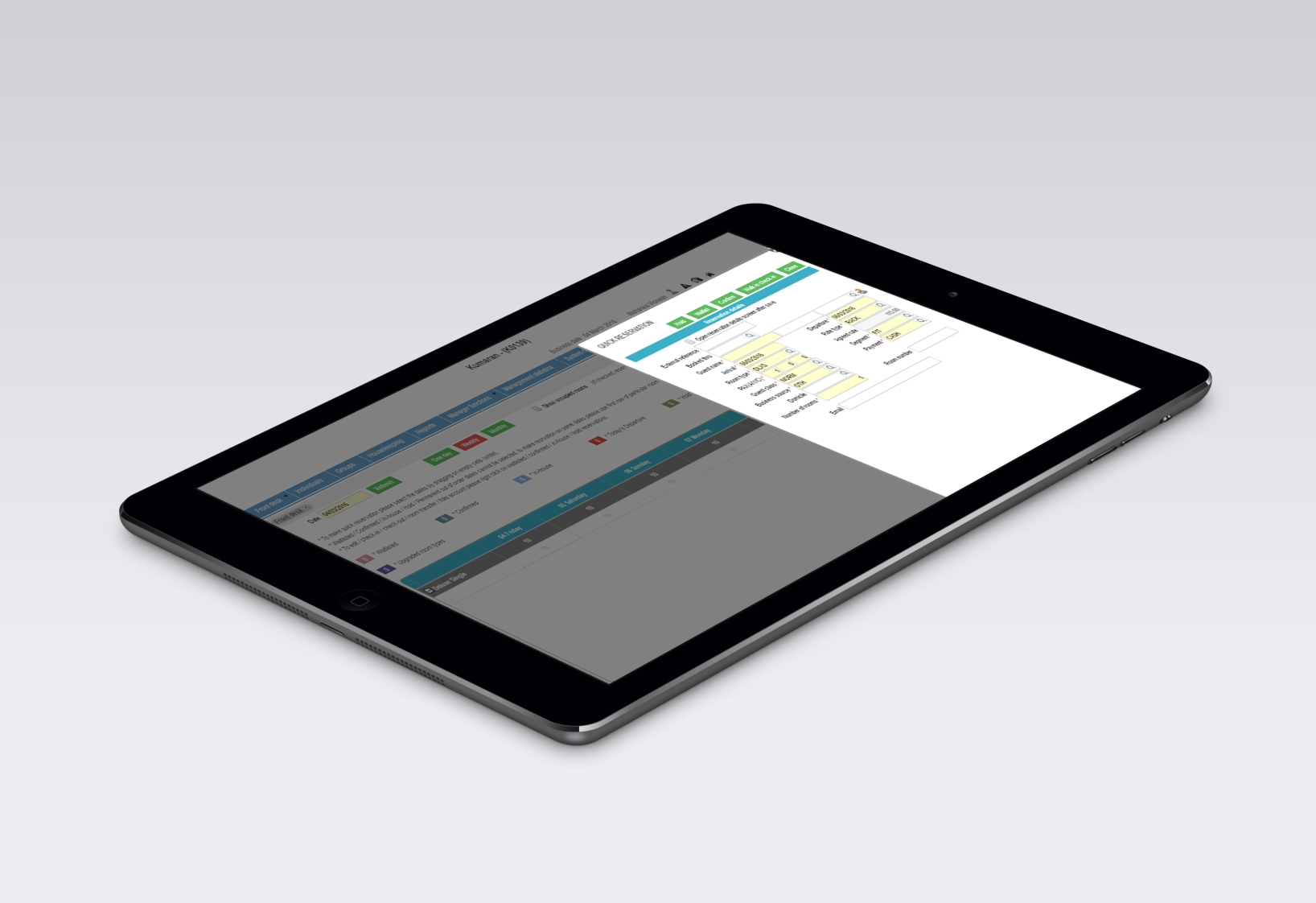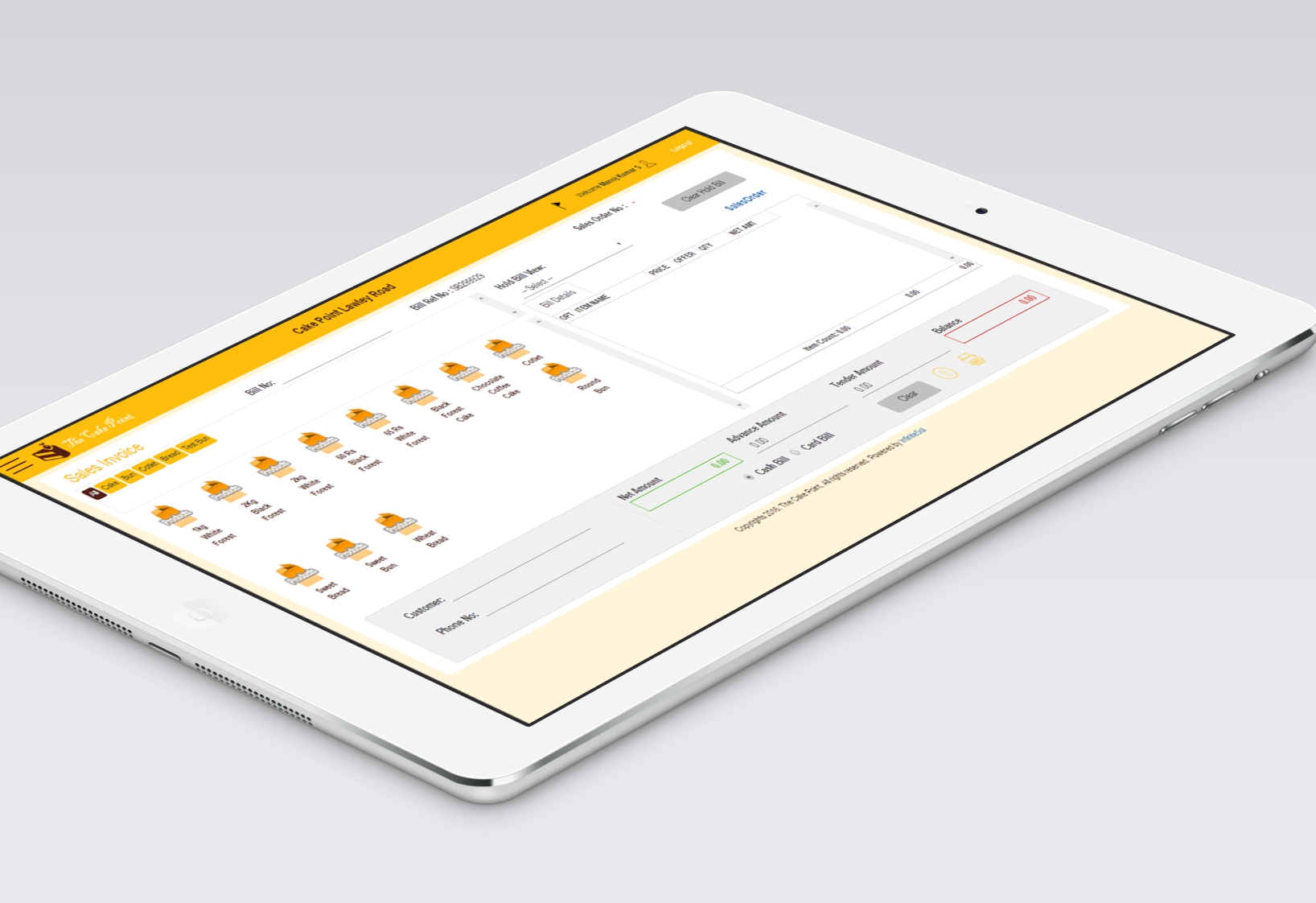Big Data Success Starts with Strategy
It’s a question sometimes asked in frustration by business executives who fear that there is too much focus on just capturing data and not enough on using it to improve performance.
Clearly, possession is not the point with big data. Even for companies who understand the value of big data (and that’s still not every company on the planet), the move to decision-making and action-taking can be difficult.
An effective big data strategy and methodology can move companies past these challenges. The former defines how the business can and should use big data to get better. The latter is about designing the right architecture to support the full enterprise and put all the data to work, with proven big data techniques and analytical practices, in specific operational contexts.

Structuring for Big Data Success
Why are process and structure important? In the near term, they represent the best way to “operationalize” big data, to put it to work to solve specific business problems and enhance operations. Longer term, they help organizations internalize analytics-led thinking and instill truly data-driven cultures.
Fundamentally, this is a matter of usage – that is, how do companies get better at using the data they have? How to make it easier for everyone – senior executives, business analysts, front-line staff – to use data to do their jobs more effectively and productively?


Data – including, but not limited to, big data – is the foundation of business decision-making. Thus, it follows that companies who are better at the various phases of the big data lifecycle are more likely to win through better decision making:
- Cost-effective means to collect, store, integrate and manage huge volumes and varieties of data
- Enablement of users to interact with, interrogate and otherwise “dive in” to data streams (ideally on a self-service basis)
- The visualization and presentation of critical trends, signals and patterns in easy-to-consume reports to support standard operational review and performance management cycles
- Real-time monitoring and signaling of market trends to enable responsiveness and enhance operational agility.
It’s also worth noting that big data process and structure are not exclusive exercises for the IT department. Business issues and opportunities – not technology capabilities or constraints – must shape the agenda and drive the discussion. The question is not “what data does IT have that can help us choose the right course of action?” Rather, it’s “what data do we need – from anywhere or anybody – that will lead us to the right decision?”
It's A Journey Not A Destination
Talking about the future of big data is somewhat beside the point, because it’s very much a “here and now” phenomenon. Many market leaders are already using big data and big data analytics in ways that seem futuristic to their lagging competitors.
These companies have defined their big data futures, but, as impressive as these programs sound, they really only scratch the surface of what’s possible. As much as Major League Baseball does with big data, it’s safe to say we are in the first inning – and maybe just after the very first pitch of the first inning – of a very long game to come.
Most questions about the future of big data are often questions about realizing the value of big data as quickly as possible. In that sense, it’s quite useful to talk about defining the future of big data at your company:
- How to start monetizing big data? Through actionable insights and opportunistic action – in tweaking marketing campaign offers, refining operations and engaging customers in new ways?
- Who will use big data? Data scientists in an analytics centers of excellence? Function-specific business analysts? Big data ninjas, black belts or all of the above?
- What new business problems can big data solve? And what new markets might it open?
- How big data will drive better and faster performance management models?
The bottom line:
Big data equates to big change for most organizations. Just how big depends on where your organization is today.

Hallmarks of Data-Driven Cultures
Commitment: Data-driven cultures start with widespread commitment. Data-driven decision making must become the standard M.O. The expectation is that big data analytics is part of everyone’s job.
Top-down leadership and bottom-up engagement: The strongest data-driven cultures are shaped and energized from both the top down and the bottom up. Senior management clearly and visibly signals the importance of big data to improving business performance through funding decisions and by defining and promoting new metrics for evaluating the business. Meanwhile, end-users – front-line managers, business analysts and others – use data to do their jobs everyday. And they have the tools, training and incentives they need to do so.
New roles, new titles: The rise of Chief Data Officers and/or Chief Analytics Officers is evidence that more companies view data as a crucial asset. But such titles do not by themselves change cultures. Organizational structures must be aligned under senior leadership to unleash full transformational potential of big data across the business.
Organized, accessible and high-quality data: A strong technology foundation entails multiple components, starting with an infrastructure capable of capturing, centralizing and storing a wide range of data. Then there are analytical applications that enable people to track key performance indicators, visualize trends and ask questions of the data.
Is Your Culture Data-Driven? Key Questions to Ask
- How often do senior executives review key operational or performance metrics? Do they use dashboards for on-demand reporting?
- Are legacy, “gut-feel” decision making models still in place?
- What is the turnaround time for ad-hoc reporting from the marketing organization? Supply chain? Finance?
- The most senior executive with responsibility for data and analytics is …?
- Which business unit or function has the best reporting capacity? How broadly are their reports shared or emulated?
- Are standard reports easy to read and understand?
- How many different data sources are used to make significant strategic decisions? Which data are most persuasive?
Want answers?

Architecture. Infrastructure. Ecosystems.
The words we use to describe technology often come from other parts of life. But, they can be very helpful in understanding the role technology and big data play in enabling business operations and improving performance.
In the case of a big data architecture, the essential idea is that documenting the right foundation of architecture, infrastructure and applications ultimately allows the business to more effectively use big data more on an everyday basis. While big data architecture can seem like a highly technical topic, it’s important to realize that big data innovations and insights are not possible without a well-conceived, clearly defined and thoughtfully designed architecture. So, if your business has big plans for big data, a strong big data architecture is required to executing those plans.

What is Big Data Architecture? And Why Do I Need It?
As with many big data and technology-related terms, it’s worth clarifying the meaning of big data architecture. Like the blueprints for a house or building, a big data architecture is a conceptual or graphical model of how big data and other information assets will be captured, stored, managed and made accessible to various user groups and applications. Typically, big data architectures outline the hardware and software components that are necessary to a full big data solution. Big data architecture documents may also describe protocols for data sharing, application integrations and information security.
If that sounds a tad dull, it is worth remembering that no one would build a house without blueprints. As such, no one should plan to effectively leverage big data without a big data architecture. And the more you’re investing in a house (or big data solutions for that matter), the more you need a big data architecture to make sure you get the ROI you desire. In other words, big data architectures help ensure data flows as planned so the right users can access it via the right tools.
How to Get the Right Big Data Architecture: Ask the Right Questions?
Designing the big data architecture you need often begins with asking the right questions:
- How do big data strategies – basically, the business problems to be solved, operations to be improved and objectives to be achieved by using big data – shape architecture needs?
- Which of our existing data sources and systems can be “plugged into” an integrated architecture for big data?
- How do we account for new data sets (like sensor data or data from the Internet of Things)?
- How can our approach to big data architecture help move data-driven and analytics-enabled thinking into the center of our business?
- What are the required components to “operationalize” or scale big data and analytics program beyond pilot phases?

One proven approach is to think in terms of a unified data architecture (UDA) that can generate more actionable insights from big data. A unified data architecture is built around essential components, like an integrated data warehouse and a platform for analytics and discovery, which collectively bridge the gap between raw data sources and specific business intelligence tools and standard CRM applications. This dramatically reduces the complexity of traditional “hybrid” environments and enables companies to ingest extremely fast-moving datasets and offer users cross-platform access to data and analytics engines.



